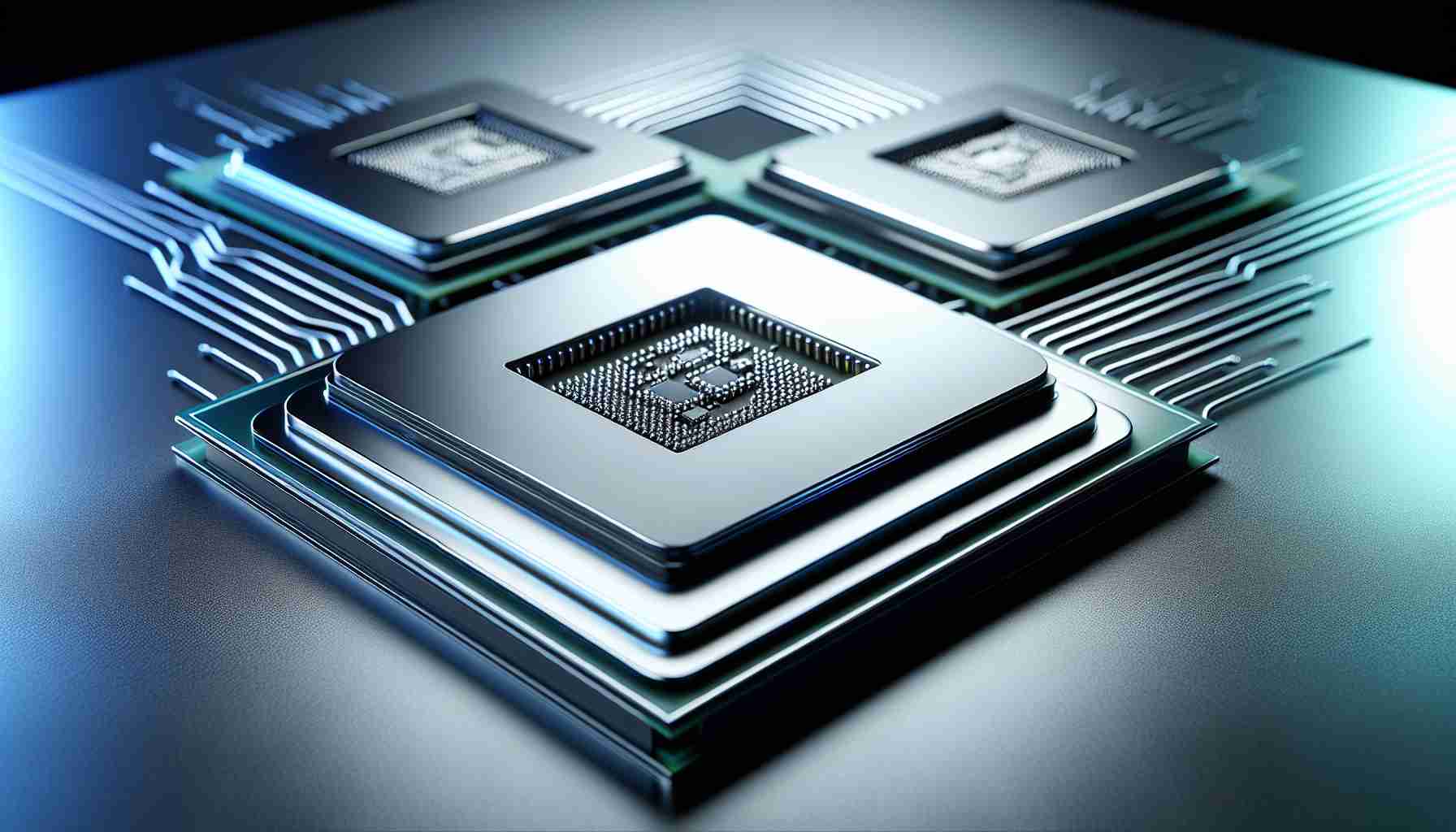Huawei’s semiconductor division is currently engineering a cutting-edge Kirin chip, designed to power personal computers. This initiative includes the forthcoming HiSilicon Kirin 9010 chipset for smartphones. The anticipated processor for PCs is expected to house Huawei’s innovative core designs and a significantly enhanced GPU.
The tech firm is optimistic that this new Kirin variant can hold its own against Apple’s M3, especially when handling multi-thread processes. The architecture of the processor for PCs is rumored to comprise eight Arm cores: four state-of-the-art Taishan V130 high-performance cores that are an upgrade over the Kirin 9000s’ Taishan V120 cores, and four power-saving cores. The system-on-chip (SoC) is slated to feature a Mailiang 920 GPU with 10 clusters, promising a substantial leap from the quad-cluster Mailiang 910 GPU utilized in the Kirin 9000s.
Addressing memory capabilities, the chip is projected to support up to 32GB, indicative of a 128-bit interface compatible with LPDDR5/LPDDR5X or DDR5 SDRAM. Huawei’s next-generation HiSilicon Kirin SoC seems primed to deliver a performance that rivals Apple’s next-gen M3 and equivalent graphics prowess to Apple’s existing M2.
While Huawei’s market share in global PC does not match Apple’s, the push for high-performance Kirin CPUs in desktops and laptops aligns with China’s quest for technological independence, particularly in semiconductors. These processors could become a staple in PCs used by government bodies, replacing AMD and Intel in certain sectors.
Finally, the ambitious performance targets set by Huawei, with Pro and Max configurations rumored, will depend significantly on whether its manufacturing partner, SMIC, can scale up production to meet the presumably high demand for these advanced chips.
Huawei’s expansion into PC processors with advanced Kirin chips is a pivotal move for the company, which aligns with China’s larger strategy of achieving technological self-sufficiency in the semiconductor industry. This is particularly relevant given the ongoing trade tensions and sanctions between the United States and China, which have impacted Huawei’s ability to source chips from American companies like Qualcomm. Huawei’s initiative can be seen as a response to these challenges and an attempt to mitigate risks associated with dependency on foreign technology.
The push for high-performance CPUs in PCs is not without its challenges. One significant issue is the production capacity and technological prowess of Huawei’s manufacturing partners, largely SMIC, which is currently behind leading foundries like TSMC and Samsung in terms of process nodes. They will need to ensure they can produce chips using advanced technologies that can compete with established players.
A key advantage of Huawei’s foray into PC processors is the potential for increased competition, which could drive innovation and lead to better products for consumers. It might also provide options for markets seeking alternatives to US-made CPUs. On the flip side, the disadvantages include potential compatibility issues with existing software ecosystems dominated by Intel and AMD, and the challenge of convincing consumers and businesses to switch to a new processor architecture.
Related Links:
– Huawei Official Website
– SMIC Official Website
The controversies surrounding Huawei often revolve around security concerns, mostly from Western countries, due to its perceived ties to the Chinese government. This new development in PC processors could exacerbate these concerns, particularly if the chips become prevalent in infrastructure critical to national security.
Finally, while the Huawei Kirin chips for PCs are poised to showcase technological advancements, their eventual success in the market will hinge on a variety of factors, including performance benchmarks, industry acceptance, ability to attract third-party developers, and navigating the complex landscape of global semiconductor supply chains and regulations.
